no. 90: It's March and the good news isn't slowing down
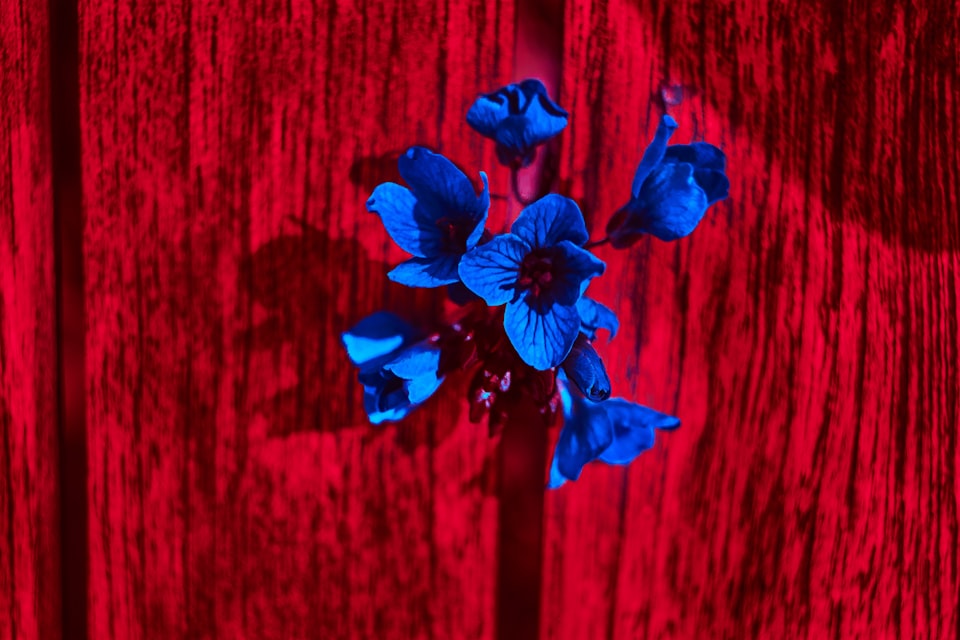
Hey friend,
It's March!!!
I might be biased, but March is one of my favorite months (and my birth month). It means cold, grey, draining days are making way for sunshine, warmth, and all sorts of flowers and pollinators.
Which reminds me of a fun fact: did you know that bees and butterflies can see into the ultraviolet light spectrum, which flowers happen to reflect abundantly, meaning there's a whole hidden world of color in the pollination process that we humans can't see?
I think that's pretty beautiful, literally and figuratively.
But not as beautiful as today's 17 good news stories, including two deep dives!
Enjoy, and have a marvelous weekend.
The good from Friday, February 23
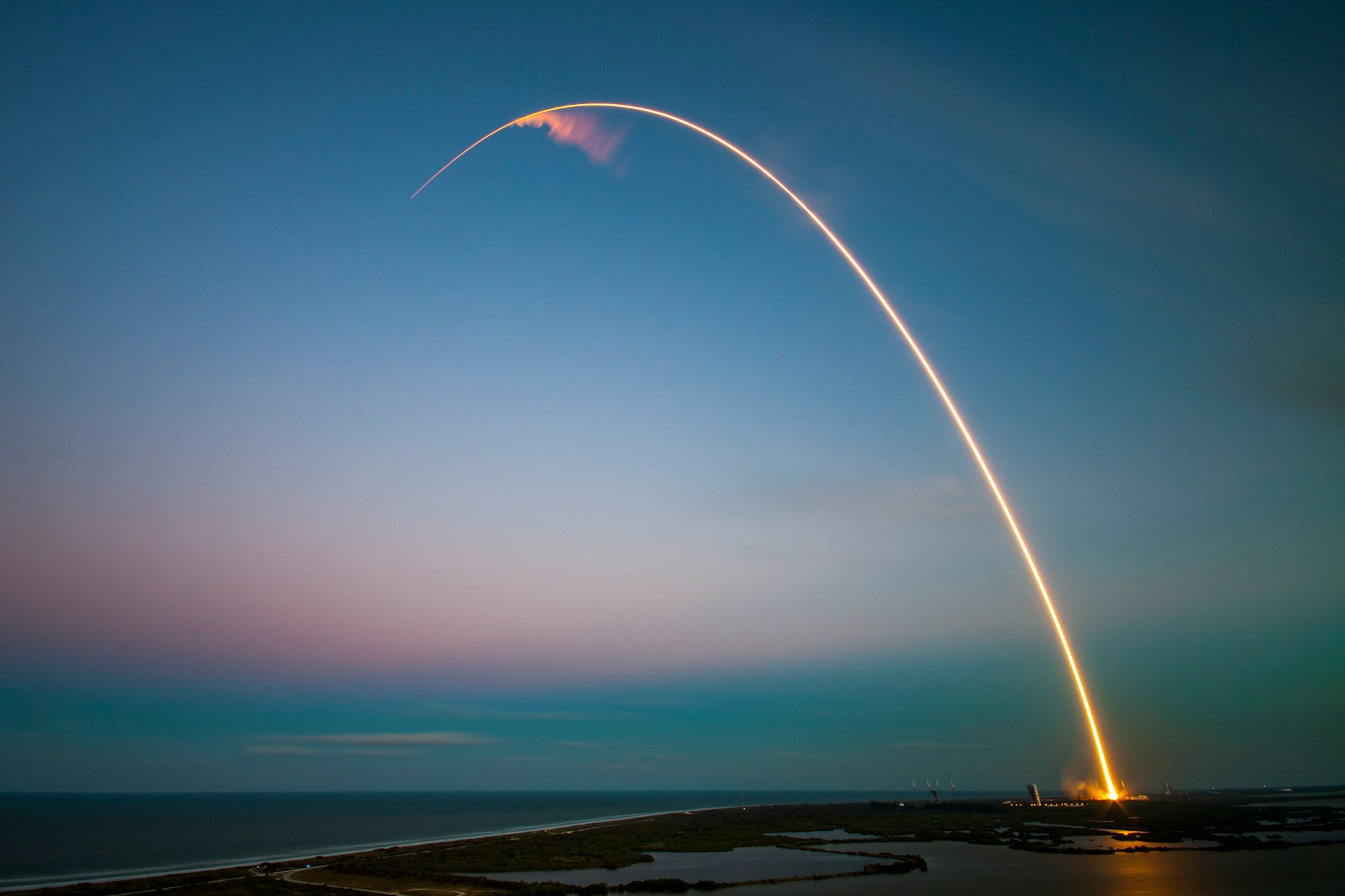
Japan is launching a satellite made entirely from wood to reduce space pollution, and this LignoSat passed tests on the International Space Station, finding magnolia wood to be the most robust and best chance at reducing aluminum debris. (The Guardian)
The first-ever known photo of the long-lost Yellow-crested Helmetshrike bird was taken, which had not been seen in 2 decades but was discovered on a 75-mile trek through the DRC mountains. (Phys)
The newest US national park is now officially the Amache National Historic Site, a former Japanese incarceration camp in Colorado that will be preserved to remember and honor those impacted and continue to tell their story. (NPS)
The first tanker ship to be outfitted with giant 52-foot aluminum wings that act as windsails has set off from Rotterdam, reducing fuel consumption and emissions. (CBS News)
A good story from Monday, February 26 (Happy birthday, Mom!)
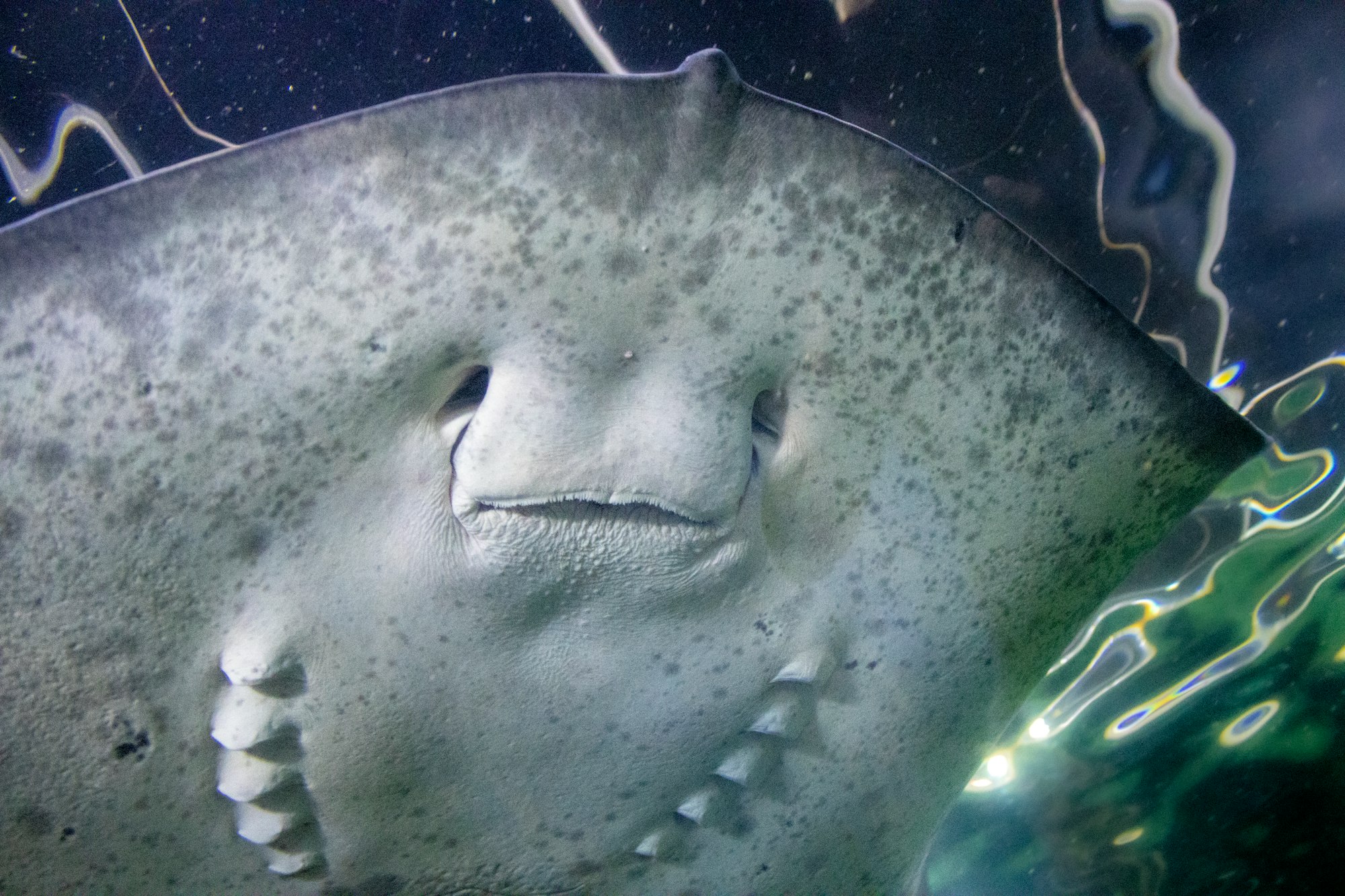
Did you hear that Charlotte the stingray just got pregnant on her own, despite no male stingray contact for the past 8 years?
Probably not, but this story is fascinating...
Asexual reproduction known as parthenogenesis creates offspring from unfertilized eggs that have no male contribution. A female's egg fuses with another cell, triggering cell division and creating an embryo. While it’s rare, it does happen naturally in some insects and animals, and there are records of it from California condors, Komodo dragons, and yellow-bellied water snakes.
But Charlotte is the first known documented example of this occurring in a round stingray.
AP reported that research scientist Kady Lyons explained that “nature finds a way of having this happen”, and if that’s not a beautiful example of life’s determination, I don’t know what is.
Charlotte’s in a nonprofit aquarium from Team ECCO encouraging schoolchildren to get interested in science. And best of all, no one really knows why this happened, but the four pups should be born in the next few weeks.
What do you think of Charlotte's unprecedented parthenogenesis? Drop a comment at the end of this post and let us know.
The good from Tuesday, February 27
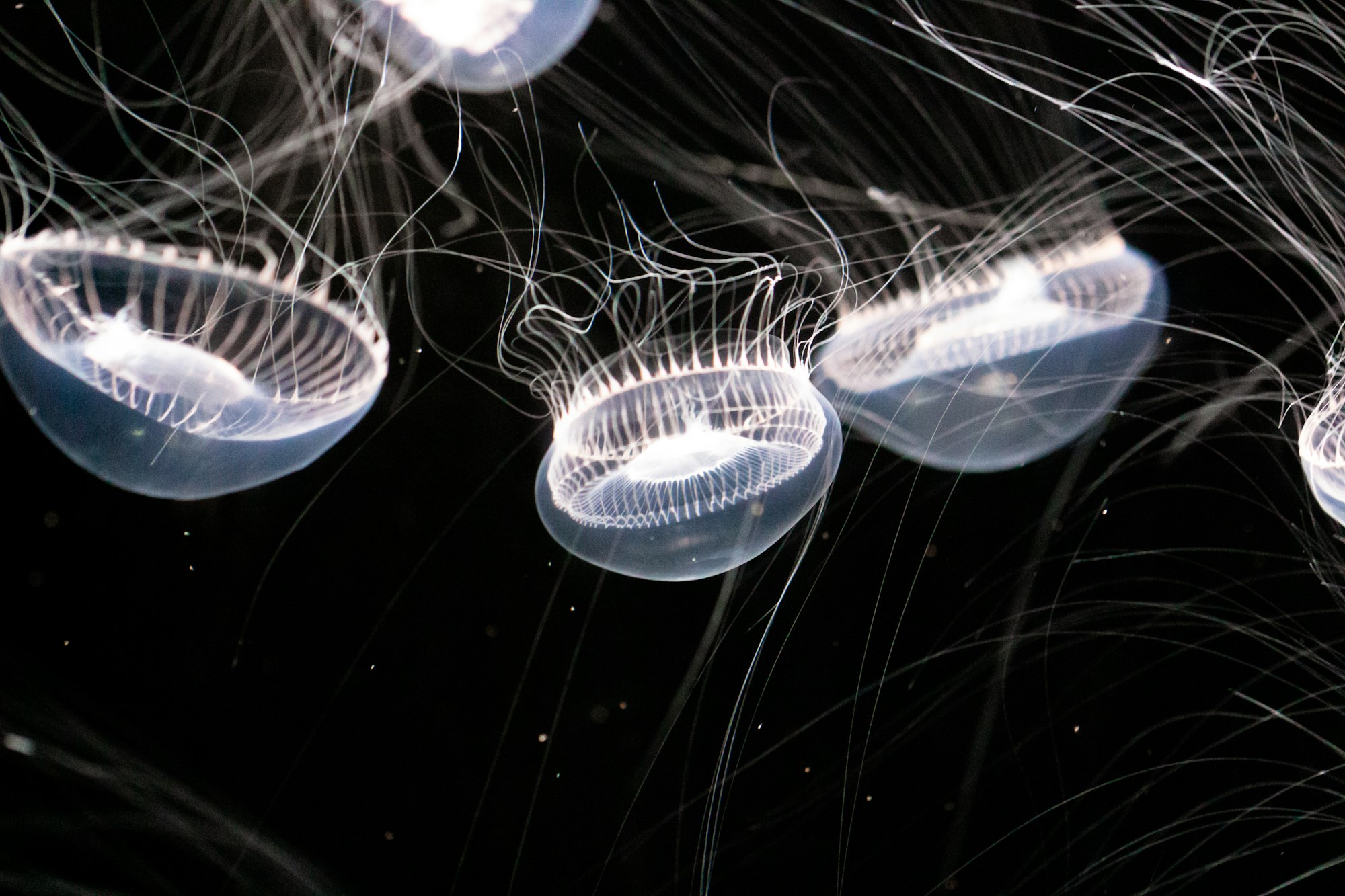
Over 100 new species were discovered near underwater mountains in Chile that were never before explored by humans, finding thriving ecosystems with unusual-looking corals, sponges, fish, lobsters, and many other creatures, which will help efforts to make this a protected area. (GNN)
Barcelona’s new tourist tax on hotel bills will direct 100 million euros into a fund that installs heat pumps and solar panels in schools for better energy efficiency and tourist management which other popular spots could model. (Bloomberg)
New recording devices show the second largest animal in the world, the fin whale, now lives in New York City waters year-round, likely due to increased habitat and food supply thanks to better environmental laws. (Gothamist)
96% of new US power capacity built this year will be from renewable sources like solar, wind, and batteries, showing a major shift as the price of renewables continues to fall. (Canary Media)
A good story from Wednesday, February 28
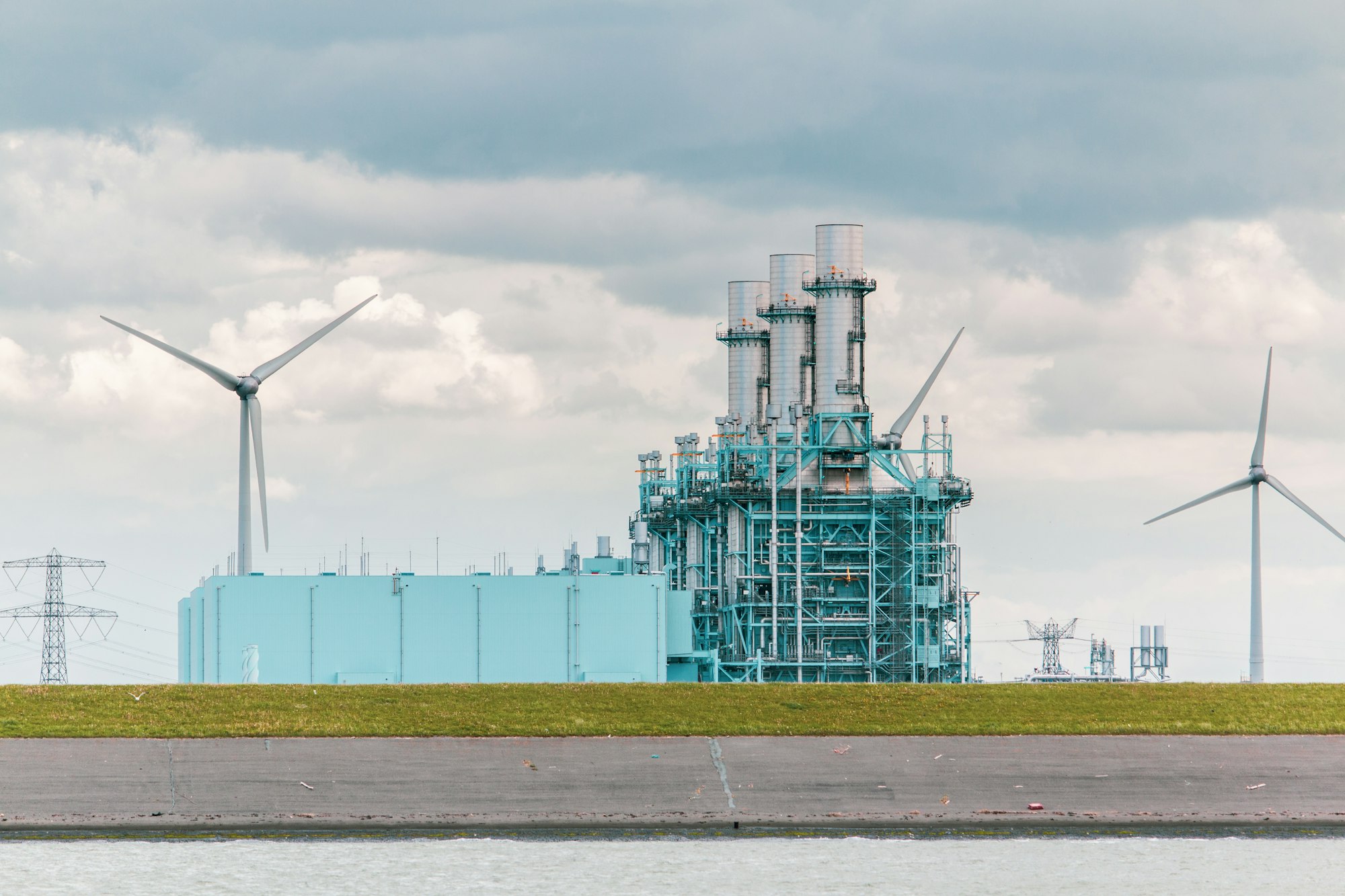
Did you hear that Astoria’s ‘Asthma Alley’ is turning into ‘Renewable Row’? Probably not, cause good news isn’t talked about enough, but…
After years of fighting back, a big polluting gas power plant (that I visited) in Astoria will now instead connect offshore wind to the New York City grid, to cleanly power 1 million homes and dramatically clear up the air quality.
Because the nickname ‘Asthma Alley’ didn’t just stick cause it’s catchy.
Half of NYC’s power comes from this minority-filled area in Queens (!), which meant a lot of power plant pollution causing respiratory illness. Despite higher-than-normal asthma hospitalizations, in 2021 NRG, who owned this plant, did not care and planned to overhaul, upgrade, and expand it.
But three things prevented this:
1. The people made their voices heard, protested, and pushed back on this plan that puts profit over people.
2. Politicians joined in on the call, voicing how ridiculous it would be to build a fossil fuel plant in modern times, and
3. The Inflation Reduction Act of 2022 invested $110 billion into 274 clean energy projects like this one.
As someone who had asthma as a child, I can tell you, it’s not fun. But I want to be crystal clear: Asthma Alley is turning into Renewable Row because of you and I making our voices heard, electing the right people, and supporting projects that make our lives healthier.
You’re powerful alone, but we’re so much more powerful together, so let’s keep the good going.
*I was compensated for my time and efforts in bringing this story to life, and think it turned out great! Hope you do too.
The good from Leap Day (Thursday, February 29)
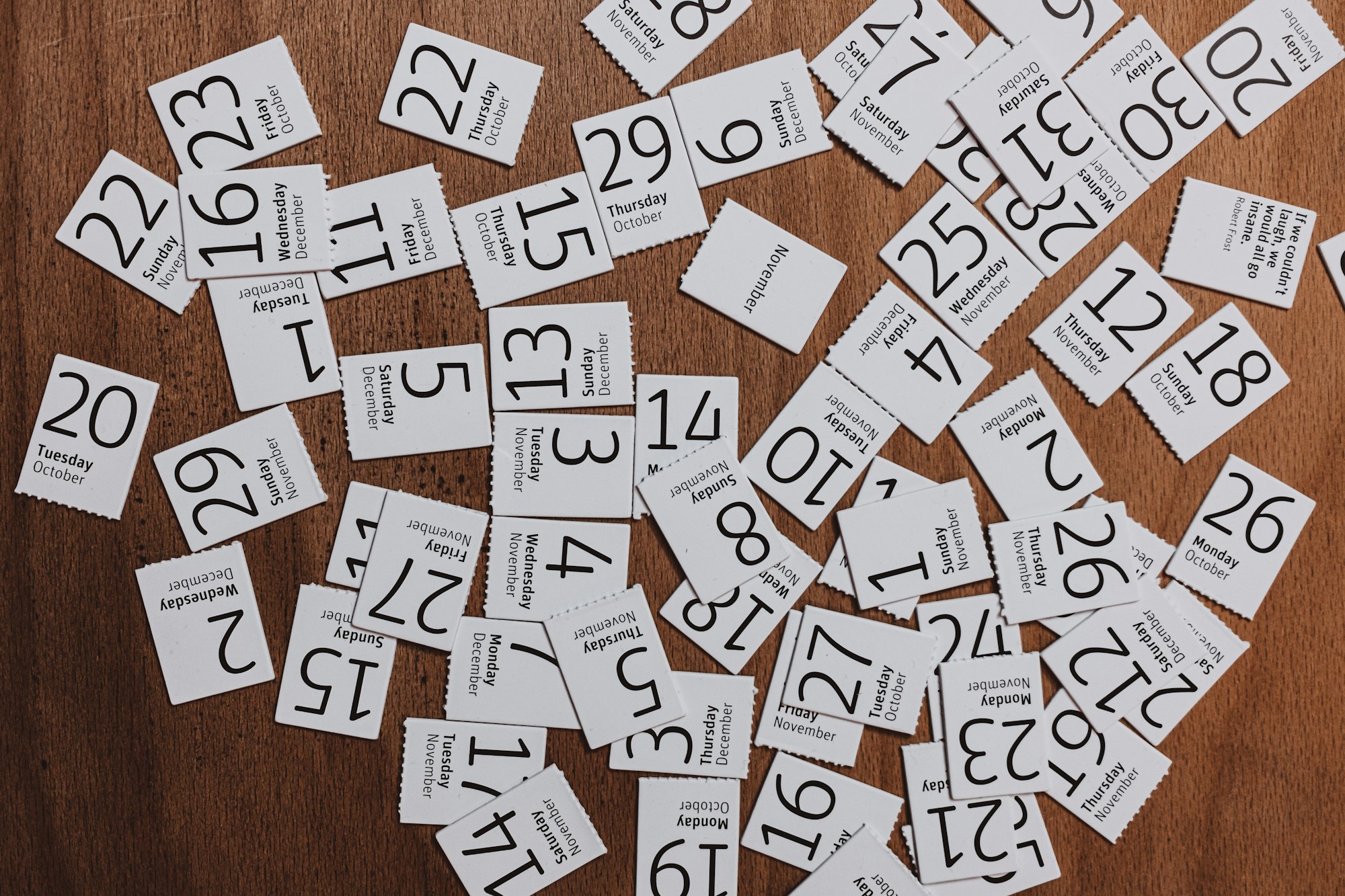
First a little fun fact... Our calendar is not perfect. Julius Caeser introduced Leap Day every 4 years in 45 BC, inspired by the Egyptian calendar, but we skip every hundred years unless that year is divisible by 400 (so 1900 was skipped but 2000 wasn’t) and our math is still off by one day every 3,030 years. So if you’re still here then, be ready for another correction. (History)
Students are showing true leadership with the University of Florida’s student senate just passing Green New Deal policies to end archaic fossil fuel relationships, joining schools in Chicago, Boulder, and DC doing the same. (The Guardian)
A new study revealed that switching from typical plastics to biodegradable alternatives emits between 13.5 and 62% less greenhouse gasses. (Ecowatch)
Alex Honnold, who climbed El Capitan with no rope or harness, has donated a third of his income for the past decade to expand access to solar energy in communities across 27 countries, like the first community solar microgrid in Puerto Rico and solar-powered canoes in the Indigenous Ecuadorian Amazon. (Canary Media)
Bonus stories

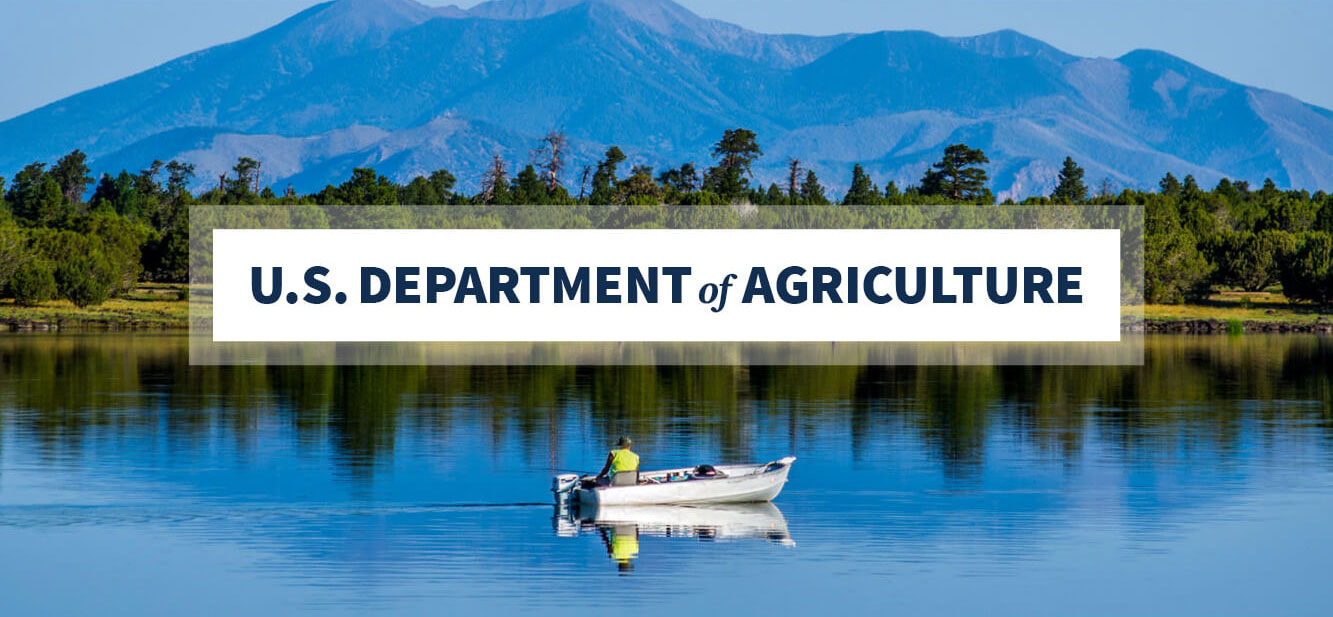
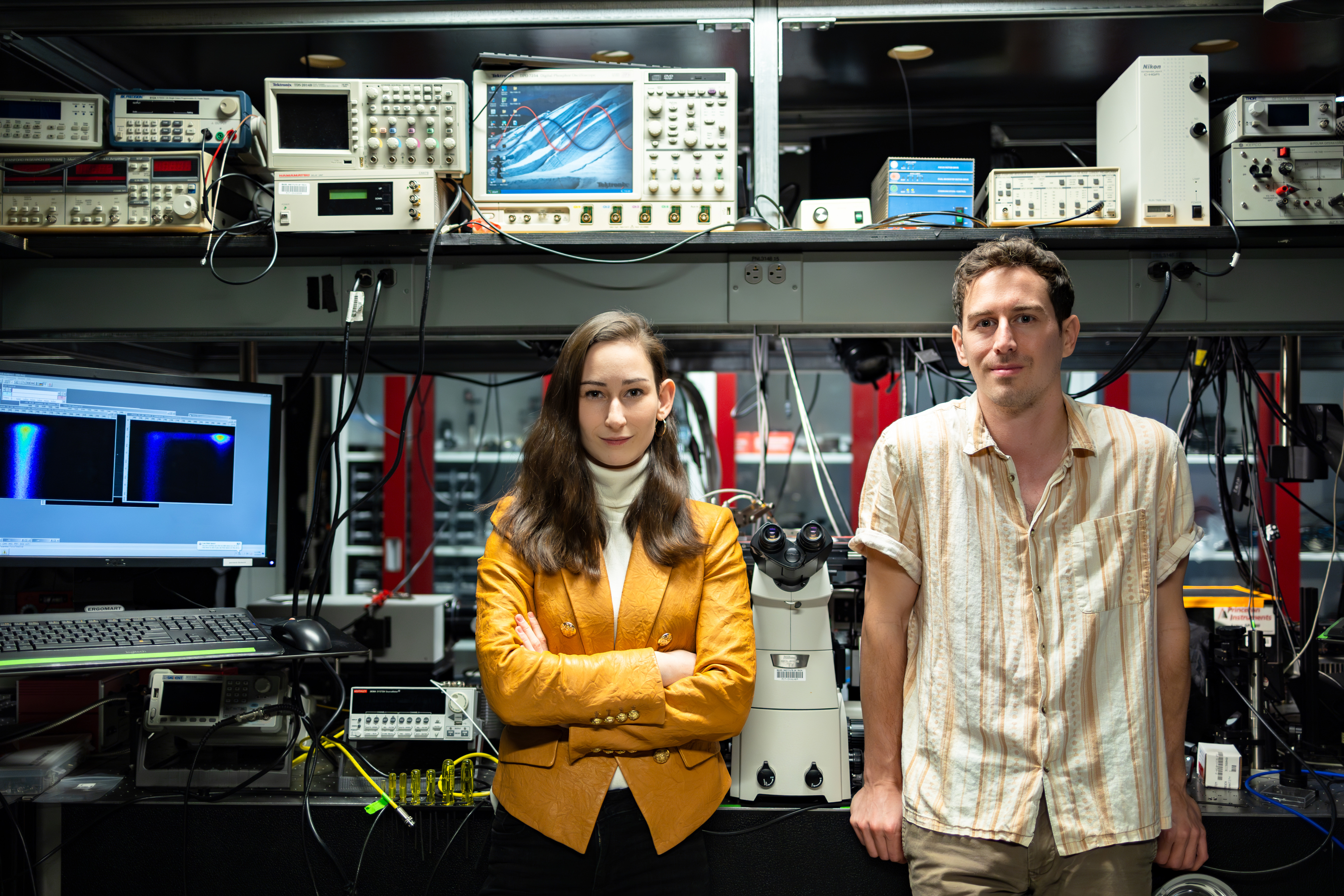
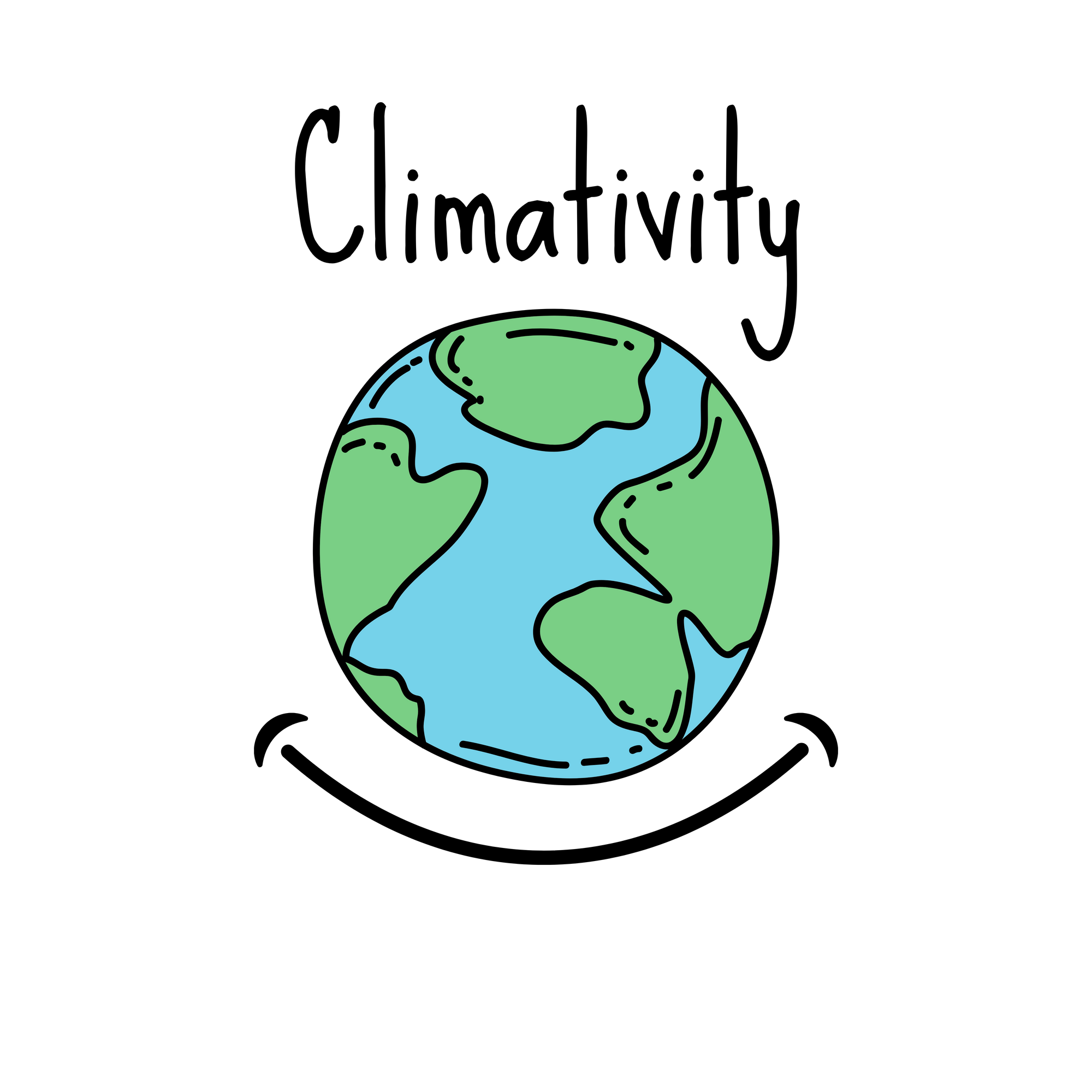
Spread this breath of fresh air🪴
By supporting Climativity, you're helping these good stories reach more people around the world.
Support good news & independent publishingSee you again soon,
Jacob
P.S. some important info:
- *: I get a commission from these links at no additional expense to you (usually, you'll get a discount!).
- I write and publish this newsletter using Ghost, and I truly love the platform. If you want to start your own newsletter, consider Ghost* (and let me know – I'll be your first subscriber!)
- This is an independent publication that relies on reader feedback to continuously improve. Never hesitate to reach out with comments or questions.
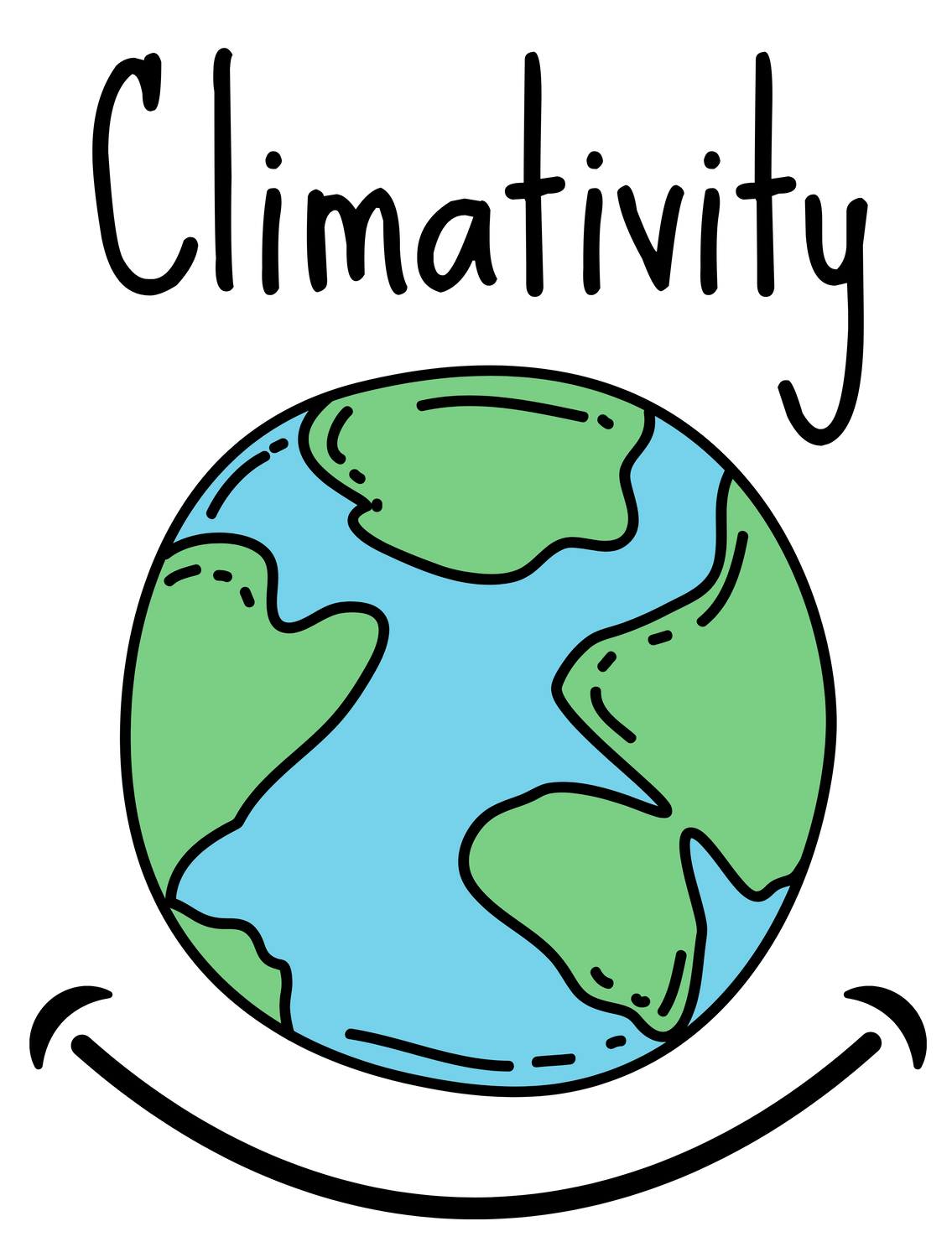








Member discussion